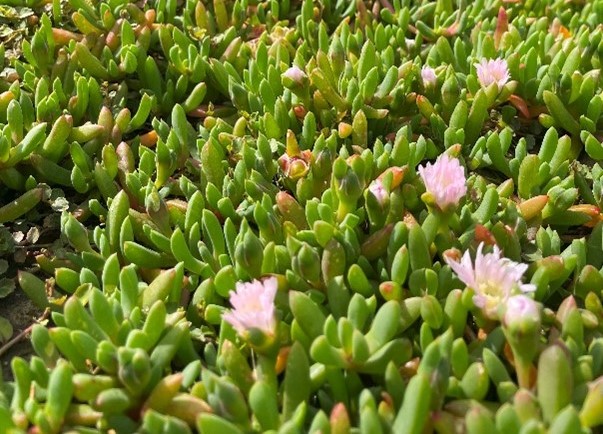Almost 3000 insects, spiders and mites have been found in native planting at the Pukekohe demonstration farm, designed to provide food and habitat to maintain beneficial species populations over winter.
Since June, Plant and Food Research (PFR) has been carrying out fortnightly monitoring of the native plant species in the non-cropping areas of the farm to increase understanding of the role the plants play in supporting key beneficial invertebrate populations from winter into spring.
The biodiversity project is a partnership between A Lighter Touch, Vegetables New Zealand and Onions New Zealand, and aims to demonstrate increasing biodiversity on vegetable farms can result in more beneficial species, fewer pests in crops, and less pesticides required.
PFR entomologist Asha Chhagan says using sweep netting, nearly 3000 individual invertebrates were identified from the first seven of 10 monitoring visits and were categorised as natural enemy, pest, pollinator or other.
“We monitored at least 30 flowering native plants during each visit in order to gather data based on as many different flowering species as possible.” The monitoring ran from early June to October 1.

Plant and Food Research have been monitoring flowering native plants at the Pukekohe demonstration farm for insect life through the winter of 2024. Credit: Olivia Prouse.
Monitoring is now complete, with next steps involving identification of samples from the final three visits, and analysis of plant and invertebrate associations.
Asha says the most abundant beneficial group of invertebrates found in the monitoring were spiders, which are known to attack a variety of vegetable pests, including mites, aphids and caterpillars.
“Three different hoverfly species were identified. Their larvae are voracious generalist predators and feed on a range of soft-bodied pests, including aphids, caterpillars, psyllids and mealybugs.”
Also found were various parasitoid wasps, including species which attack scale insects and the eggs of stink bugs such as green vegetable bugs. Other beneficial species included predatory mites, beetles and ladybirds. A range of pollinating fly species were identified, as well as a few pest species, Asha says.
The permanent native planting on the demonstration farm is made up of a mix of ground covers and shrubs, and is one component of the biodiversity project, which also includes cover crops, annual flower strips and mobile insectaries.
Planted in non-cropping areas such as beside fence lines and waterways, the plant species selected were chosen to provide year round food sources, and shelter for the beneficial invertebrate species over winter. They were also selected based on full growth size in order to avoid impeding machinery and minimise the need for maintenance such as trimming.
Plant species used in the demonstration farm planting can be found in the plant species resource available on the A Lighter Touch website.
